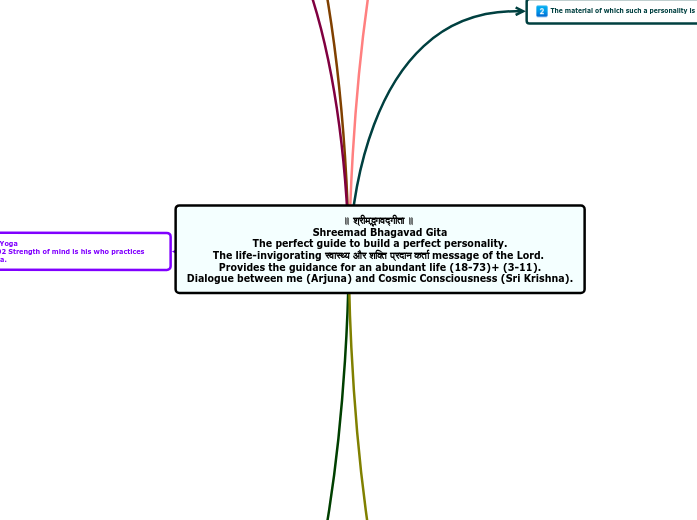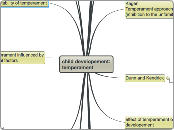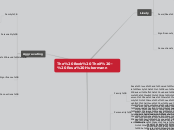CAPS
further questions
what characterises CAU patterns of activation?
Mischel
approach to personality research
cognitions, memory, emotions, perceptual processes, genetic influences, regulatory systems and memories
integrates research findings
generating individual differences
Mischel - replication Newcombe
need for DYNAMIC PERSONALITY SYSTEM
provides a BEHAVIOURAL SIGNTURE OF PERSONALITY
if...then...'
If Bill wants to produce a good impression, then he acts friendly
2004 - 'if then' relations = basic units in lay conceptions of personality
stable situation-behaviour relationships
Mischel 2004
describing as equally aggressive on trait measure not real description in personality characteristics
same score on personality trasit measure of aggressiveness
vice versa
aggressisve to junior colleagues, friendly to superiors
Mischel & Shoda 1995
Eaton - clinical uses - narcissistic personality
personality type = common organisation of relations
rejection-sensitivity type - no more anxious than average - scan interpresonal situations for rejection cues
in processing of certain situational features
among mediating units
can group people who share a comparable organisation of CAUs in similar situations
focus of the individual
characterises person as organised coherent system
(not to imply lack of internal conflict)
strong emprical background
composed of various representations
different representations more/less accessible for different people
Higgins
patterns of person-situation interactions
hint at organisation of underlying system
CAUs (cognitive-affective units)
include the individual's reprsentations of self, others, situations, expectations, beliefs, long-term goals, values, emotional states, competencies, self-regulatory systems and memories of people and past events.
within individ/ stable networks of cognitions and emotions
activation pattern of CAUs change in different situations
differ stably in network of interconnections or associations
organised in an interrelated system
'finding the invariance - in the variability
Mischel & Peake 1982
systematic differences in perceptions of situations
no reason to expect people will behave similarly in situations they regard as different
stable and characteristic pattern of variance
UNDERMINED by broad response tendencies insensitive to context
in fact, adaptive behaviour enhanced by finer distinction
only behave similarly if believe situations functionally similar
situation can also = other person
must go beyond nominal level e.g. in hallway/corridor
capture their psychologically active ingredients
activates different appraisals, beliefs, goals, expectations
FUNCTIONAL EQUIVALENCE CLASS OF SITUATIONS
TEMPORAL stability WITHIN SITUATIONS
Subtopic
found behavioural variability across diff situations
used situations that students considered relevant
examined college conscientiousness + friendliness
Mischel 1973
still aims to uncover individual differences
NOT encapsulated in situation-free trait terms
sociable
considerate
e.g. optimistic
as opposed to trait descriptors
social-cognitive person variables
beliefs, behavioural expectancies goals + processes of self-regulation
variables relating to the situation
the self
people
described PROCESSES important in describing how individuals construed situations
appraisal
encoding









